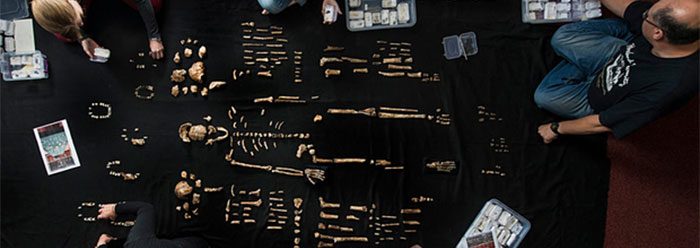Nature, one of the premier science journals in the world today, recently published its editors' choice of science stories for 2011.1
Of the nine stories, only one addressed evolution—a paleoanthropology article by Fred Spoor entitled "Malapa and the genus Homo."2 Nature reported that scientists uncovered "a newly discovered hominin species, Australopithecus sediba" and "the same [research] group has now published five reports detailing additional fossils and further analyses."1
ICR News reported in 2010 that A. sediba was an out-of-place fossil that had primitive feet and supposedly 1.9 million-year-old residual brain tissue.3 Both of these facts show that the creature was not human or a human transition and that it couldn't be very old if it still had intact organic tissue—which would've decayed after only thousands of years.
Indeed, Nature stated:
It will, however, be difficult to uphold the suggestion that the extensive evolutionary change required could have occurred in the time available (a maximum of 80,000 years) if A. sediba at Malapa gave rise to Homo species.1
The rest of the editors' choices for 2011 included a supermassive black hole, alkene metathesis reaction, autism, and other scientific stories.
But isn't evolution supposed to be an all-encompassing theory that—if omitted—makes science null and void? Is this story on A. sediba the best on evolution out of the whole of 2011?
It would seem the editors had to shoehorn in an evolution story among the science contributions even though it was unconvincing and had a number of serious scientific problems.
There is this year, but it's likely that 2012's discoveries will not help evolution any better.
References
- 2011 Editors' choice. Nature. 480 (7378): 468-469.
- Spoor, F. 2011. Palaeoanthropology: Malapa and the genus Homo. Nature. 478 (7367): 44-45.
- Thomas, B. A New Evolutionary Link? Australopithecus sediba Has All the Wrong Signs. ICR News. Posted on icr.org April 15, 2010, accessed January 20, 2012.
* Mr. Sherwin is Research Associate, Senior Lecturer, and Science Writer at the Institute for Creation Research.
Article posted on January 31, 2012.

















